No products in the cart.
5-APB crystal rocks
€11.95
5-APB is a derivative of the designer drug 6-APB, also known as benzo fury, and is a stimulant and entactogen belonging to the amphetamine and the phenethylamine classes. It is an analog of MDA where the 3,4-methylenedioxyphenyl ring system has been replaced with a benzofuran ring. 5-APB is also the unsaturated benzofuran derivative of 5-APDB. This product is intended for forensic purposes.
Purity: 98.0%
| 1 Gram | €11.95 |
| 3 Grams | €32.95 |
| 5 Grams | €49.95 |
| 10 Grams | €84.95 |
| 25 Grams | €167.95 |
5-APB crystal rocks – More information
5-(2-Aminopropyl)benzofuran (commonly known as 5-APB) is a lesser-known novel entactogen of the benzofuran class that produces MDA-like entactogenic and stimulating effects when administered. It is structurally related to entactogens like 5-MAPB, 6-APB, and MDA.
5-APB was first synthesized in 1993 by psychedelic chemist and researcher David E. Nichols as a potential non-neurotoxic alternative to MDMA. However, it did not come into popular recreational use until over a decade later, where it briefly entered the rave scene and global research chemicals market. It was sold along with other novel benzofuran entactogens under the name “Benzofury” before its sale and import were subsequently banned.
Compared to other members of its family such as 6-APB and 5-MAPB, this compound in particular is known for its stimulating and euphoric effects which has resulted in its rise in popularity as a product which is easily accessible through the use of online research chemical vendors. It has been commercially distributed as a designer drug alternative to MDMA since 2010.
Very little data exists about the pharmacological properties, metabolism, and toxicity of 5-APB in humans, and it has only a brief history of human usage. It is highly advised that one take proper precautions, conduct independent research, and use proper harm reduction practices if choosing to use with this substance.
clinical data
| Common names | 5-APB |
| Substitutive name | 5-(2-Aminopropyl)benzofuran |
| Systematic name | 1-(Benzofuran-5-yl)-propan-2-amine |
| Psychoactive class | Entactogen / Stimulant |
| Chemical class | Amphetamine / Benzofuran |
5-APB dosage table
| Threshold | 20 – 40 mg |
| Light | 40 – 60 mg |
| Common | 60 – 80 mg |
| Strong | 80 – 100 mg |
| Heavy | 100 mg + |
5-APB effect progress
| Total | 5 – 8 hours |
| Offset | 1.5 – 3 hours |
| After effects | 6 – 48 hours |
History and culture
The synthesis of 5-APB was first reported by a team led by the medicinal chemist and psychedelic researcher David E. Nichols at Purdue University. They were examining the role of the MDA dioxle ring structure in interacting with serotonergic neurons. It was also partly an effort to find an alternative to MDMA, which was gaining recognition as a potentially useful adjunct in psychotherapy, but was also being linked to neurotoxic effects.
Human usage was not documented until 2010, when it emerged for sale on the research chemical market. It was particularly prominent in the UK “legal highs” market, where it was sold under the name “Benzofury”.
On June 10, 2013 5-APB and a number of analogues were classified as Temporary Class Drugs in the UK following an ACMD recommendation. On November 28, 2013 the ACMD recommended that 5-APB and related benzofurans should become Class B, Schedule 1 substances. On March 5, 2014 the UK Home Office announced that 6-APB would be made a class B drug on 10 June 2014 alongside every other benzofuran entactogen and many structurally related drugs.
Chemistry
5-(2-aminopropyl)benzofuran, also known as 5-APB, is a benzofuran and phenethylamine, meaning it has an ethylamine chain and a furan ring attached to the core benzene ring. It can also be classified as an amphetamine derivative because the ethylamine chain is alpha methylated. Molecules of the amphetamine class contain a phenethylamine core featuring a phenyl ring bound to an amino (NH2) group through an ethyl chain with an additional methyl substitution at Rα. The oxygen in the furan ring is placed at the 5 position, which generally constitutes more stimulating effects than when the oxygen is placed at the 6 position, which is usually described as being more psychedelic in effects. 5-APB is commonly found as the succinate and hydrochloride salt. The hydrochloride salt is 10% more potent by mass so doses should be adjusted accordingly.
Toxicity
The toxicity and long-term health effects of recreational 5-APB use do not seem to have been studied in any scientific context and the exact toxic dosage is unknown. This is because 5-APB has very little history of human usage.
Anecdotal evidence from people who have tried 5-APB within the community suggest that there do not seem to be any negative health effects attributed to simply trying this drug at low to moderate doses by itself and using it sparingly (but nothing can be completely guaranteed).
5-APB’s high affinity for the 5-HT2b receptor makes it likely that 5-APB would be cardiotoxic with long-term use, as seen in other 5-HT2B agonists such as fenfluramine and MDMA.
It is strongly recommended that one use harm reduction practices when using this substance.
Tolerance
As with other stimulants, the chronic use of 5-APB can be considered moderately addictive with a high potential for abuse and is capable of causing psychological dependence among certain users. When addiction has developed, cravings and withdrawal effects may occur if a person suddenly stops their usage.
Tolerance to many of the effects of 5-APB develops with prolonged and repeated use. This results in users having to administer increasingly large doses to achieve the same effects. After that, it takes about 3 – 7 days for the tolerance to be reduced to half and 1 – 2 weeks to be back at baseline (in the absence of further consumption). 5-APB presents cross-tolerance with all dopaminergic stimulants, meaning that after the consumption of 5-APB all stimulants will have a reduced effect.
Psychosis
Abuse of compounds within the amphetamine chemical class at high dosages for prolonged periods of time can potentially result in a stimulant psychosis that may present with a variety of symptoms (e.g., paranoia, hallucinations, or delusions). A review on treatment for amphetamine, dextroamphetamine, and methamphetamine abuse-induced psychosis states that about 5–15% of users fail to recover completely. The same review asserts that, based upon at least one trial, antipsychotic medications effectively resolve the symptoms of acute amphetamine psychosis. Psychosis very rarely arises from therapeutic use.
Serotonin syndrome risk
Combinations with the following substances can cause dangerously high serotonin levels. Serotonin syndrome requires immediate medical attention and can be fatal if left untreated.
| amount | 1 Gram, 3 Grams, 5 Grams, 10 Grams, 25 Grams |
|---|
Only logged in customers who have purchased this product may leave a review.
Related products
Entactogens
€10.95
Stimulant
€10.95
Entactogens
€13.95
Stimulant
€10.95
Stimulant
€10.95
Entactogens
€11.95
Entactogens
Rated 4.50 out of 5
€11.95Entactogens
€10.95

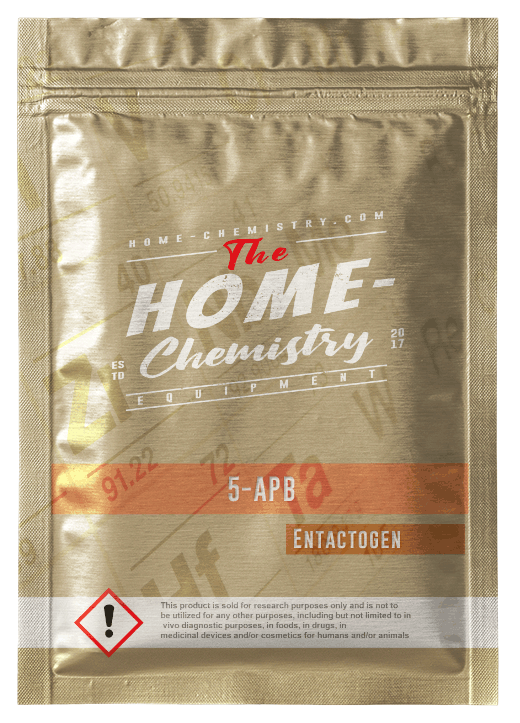
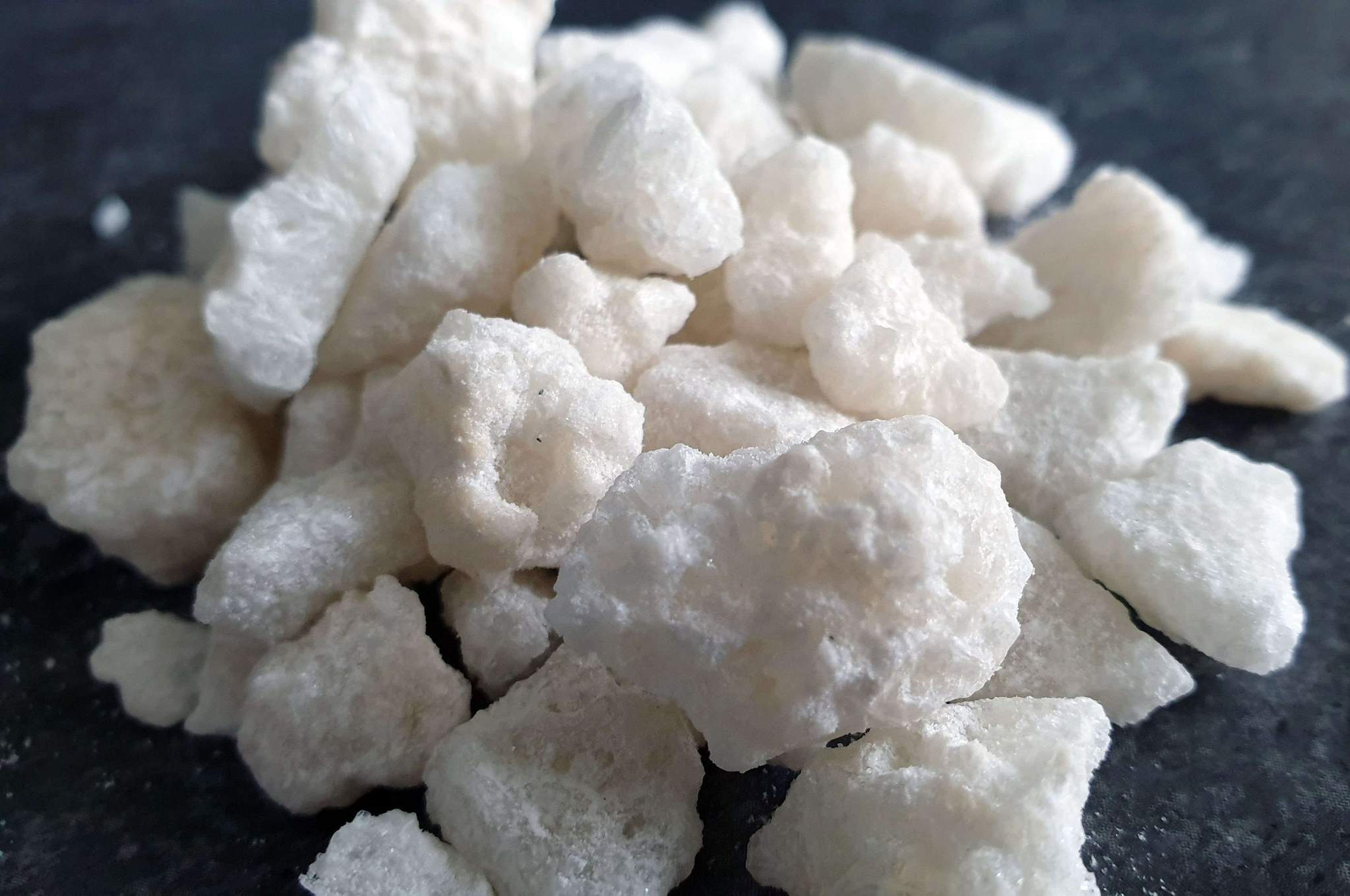
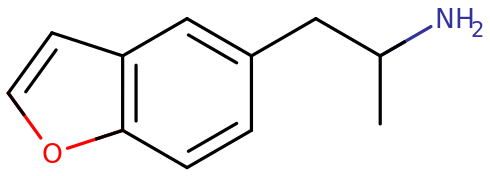
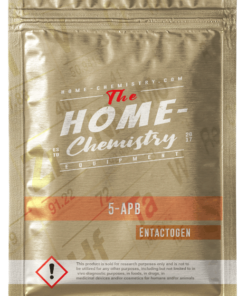


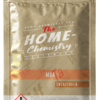

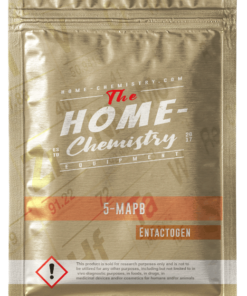


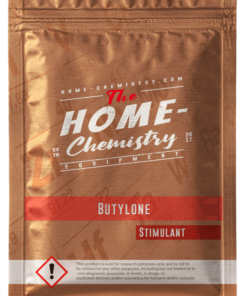

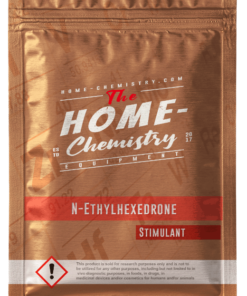

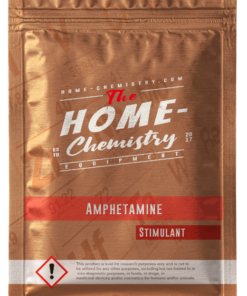

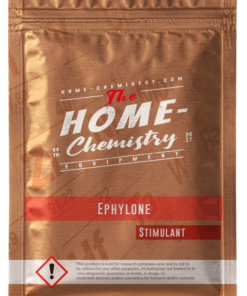

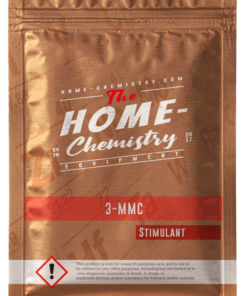


Reviews
There are no reviews yet.